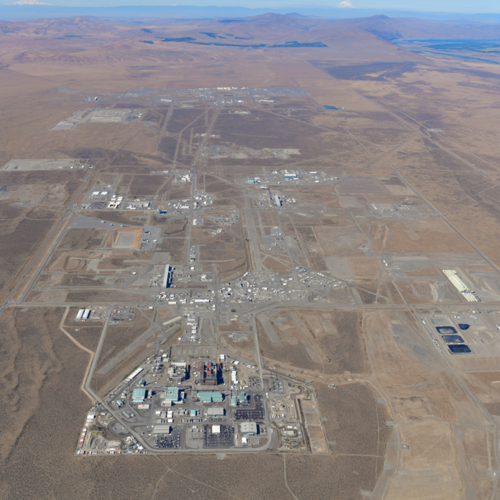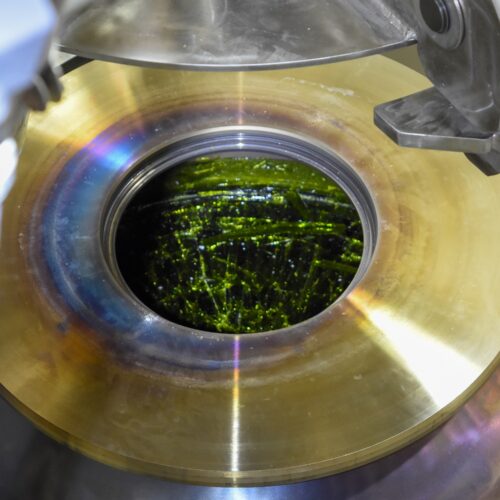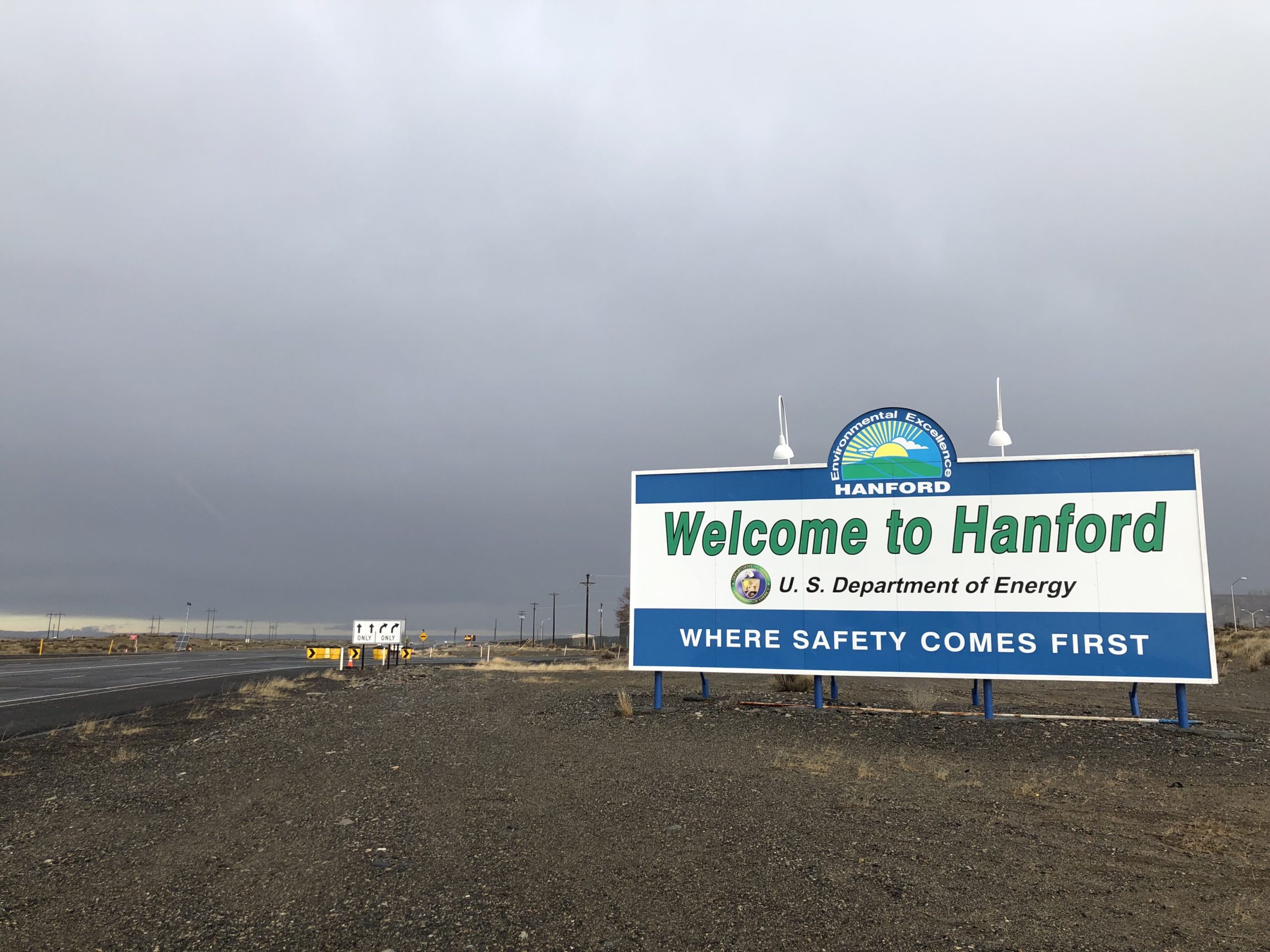
Federal Report Says Hanford’s Radioactive Waste Treatment Plant Is Built With Questionable Parts
Read On
Like the crumbling gasket in your kitchen faucet, sometimes even small parts can mean a lot. Now, federal watchdogs are looking into all types of parts at a $17 billion construction project at the Hanford Nuclear Site.
The Inspector General for the U.S. Department of Energy has found a sample of parts going into a large waste treatment plant at Hanford had problems.
Specifically, parts are not documented properly to insure their safety for nuclear waste processing. The watchdog conducted a nearly year-long study, tracking 10 parts specifically all the way back to what they’re made of, and who manufactured them.
Bechtel is the lead company building the treatment plant that’s meant to process 56 million gallons of radioactive waste – waste that’s now stewing in aging underground tanks near the Columbia River.
And the company has been under fire for this same issue in the past.
In 2009 and in 2015, the Energy Department’s Office of River Protection reported significant issues with Bechtel properly documenting parts. And in 2010, well-known whistleblower Walter Tamosaitis, who worked for another Hanford contractor on the waste treatment plant, also raised concerns with some of the parts going into the plant. He later settled his case against the contractor URS.
This issue of not documenting or verifying the nuclear grade materials going into the Waste Treatment Plant is also playing out at another Energy site in South Carolina, the report says. The report says this problem might be a nationwide issue for Energy at all its sites, from lack of “consistent oversight.”
Tom Carpenter with the Seattle-based watchdog group Hanford Challenge, says, “They [DOE and contractors] didn’t do anything. They just kept plugging away,” said Tom Carpenter with the Seattle-based watchdog group Hanford Challenge. “I sense a sense of panic by the Department [of Energy] to show some sort of progress. To almost paver over their failures to address serious safety problems.”
For its part, the Department of Energy says in its multi-page response to the inspector general’s report: “[DOE Office of Environmental Management] firmly stands behind the safety of the items and services that were the subject of the CGD packages at the two facilities that are addressed in the Draft Report, and EM is committed to ensuring that CGD packages continue to provide adequate information to document reasonable assurance that each item and service will perform its intended safety function.”
Federal contractor Bechtel said in an emailed statement Tuesday: “We stand with the Department of Energy behind the safety of Commercial Grade Dedication items and services at [the Waste Treatment Plant].”
The Waste Treatment Plant is scheduled to go online in 2023.
Related Stories:

After years of negotiations, new government Hanford plan stirs up plans to treat radioactive waste
A 2021 aerial photo of Hanford’s 200 Area, which houses the tanks and under-construction Waste Treatment Plant, in southeast Washington. (Credit: U.S. Department of Energy) Listen (Runtime 1:01) Read There

Hanford’s Waste Treatment Plant churns out first container of clean test glass
The poured glass appears emerald green, just before it’s lidded and transported to an export bay at Hanford in southeast Washington. Hanford officials are celebrating this first container of glass

Hanford managers and watchdogs hold first in-person cleanup dialogue meeting since before pandemic
The last in-person public meeting about Hanford cleanup was in Richland in 2019. (Courtesy of Washington State Department of Ecology) Listen (Runtime :56) Read The public can ask questions and
















